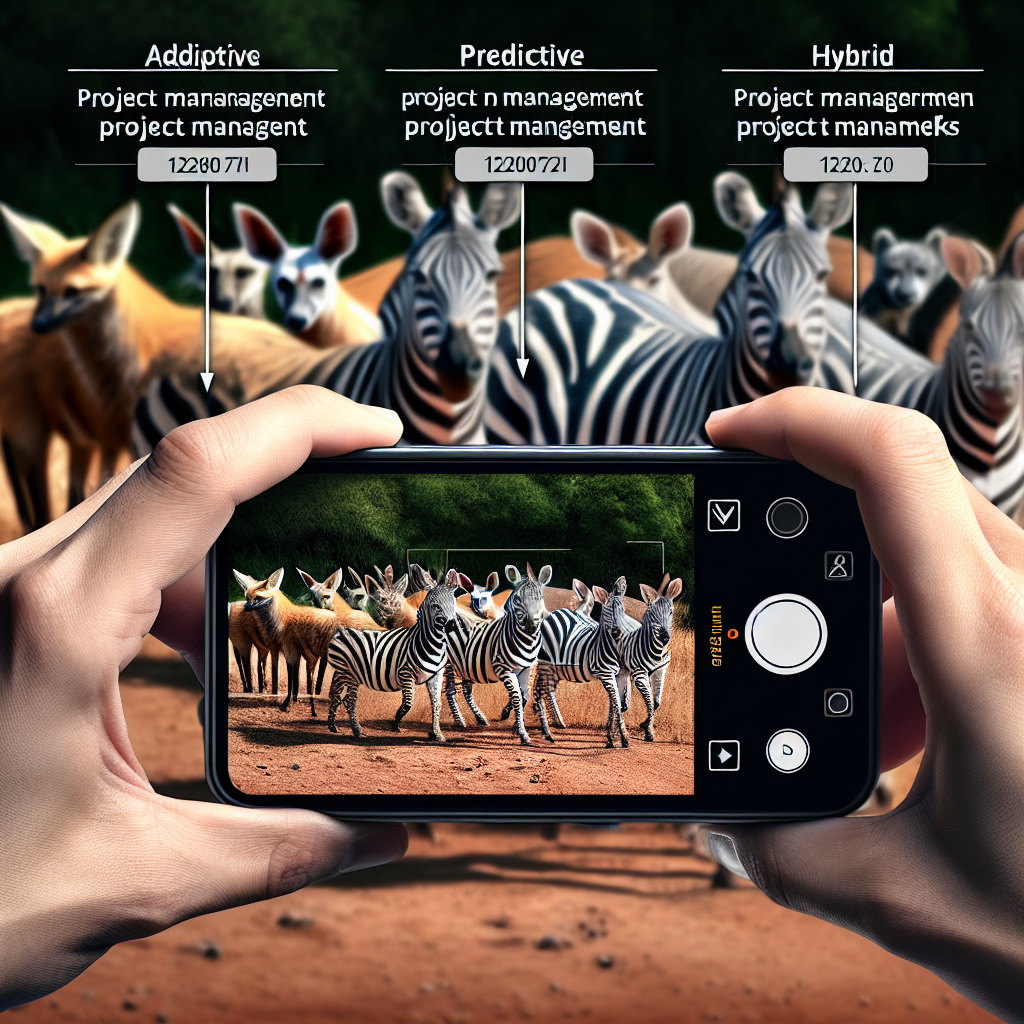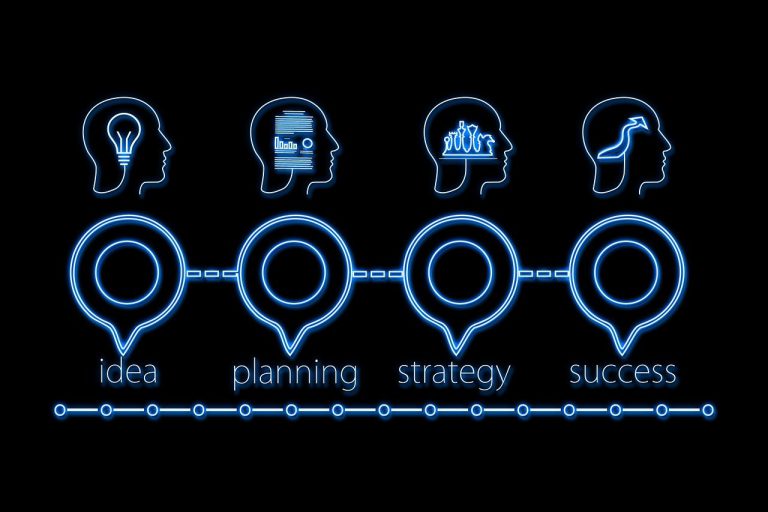Access the Power of Project Management Frameworks
Project management is a crucial aspect of any organization, as it involves planning, organizing, and executing tasks to achieve specific goals and objectives. However, not all projects are the same, and therefore, a one-size-fits-all approach to project management may not be effective. This is where different project management frameworks come into play. In this article, we will explore the differences between adaptive, predictive, and hybrid project management frameworks, with examples of how they are used in real-world projects.
Adaptive Project Management: A Flexible Approach for Complex Projects
Adaptive project management is a flexible approach that is best suited for complex and unpredictable projects. It is based on the Agile methodology, which focuses on continuous improvement and adaptation to changing circumstances. In this framework, the project team works in short iterations, known as sprints, to deliver small increments of the project. This allows for frequent feedback and adjustments to be made, ensuring that the project stays on track and meets the changing needs of the stakeholders.
One example of adaptive project management is the development of a new software application. The project team may start with a basic prototype and work in short sprints to add new features and functionalities based on user feedback. This allows for the project to evolve and adapt to the changing needs of the end-users, resulting in a more successful and user-friendly product. A draw back of strict agile frameworks is the requirement for dedicated full time teams and its orientation toward operational activities over unique projects that cross enterprise functions and locations.
On the other hand, predictive project management is a more traditional approach that follows a sequential process. It is best suited for projects with well-defined requirements and a clear understanding of the end goal. In this framework, the project team follows a strict plan and timeline, with little room for changes or deviations. This approach is often used in construction projects, where the scope and requirements are well-defined, and any changes can be costly and time-consuming.
An example of predictive project management is the construction of a new office building. The project team would follow a strict plan, starting with the foundation and working their way up to the finishing touches. Any changes to the design or materials used would require significant adjustments to the plan, resulting in delays and additional costs. Here rigidity is valued over flexibility limiting its value to well understood projects.
Hybrid project management, as the name suggests, combines elements of both adaptive and predictive frameworks. It is best suited for projects that have some level of uncertainty but also require a structured approach. In this framework, the project team uses a combination of Agile and traditional project management methods to deliver the project. This allows for flexibility and adaptation while also ensuring that the project stays on track and meets its objectives.
An example of hybrid project management is the use of the Results Oriented Project Execution (ROPE) framework to integrate two companies post M&A deal closure. The project team may use Agile methods to create and test different application and business function integrations, while also following a traditional project management approach to ensure that the full value of the deal is realized on time and within budget.
One of the key differences between these project management frameworks is the level of flexibility and adaptability they offer. Adaptive project management is highly flexible, allowing for changes and adjustments to be made throughout the project. On the other hand, predictive project management is more rigid, with little room for changes once the project plan is in place. Hybrid project management falls somewhere in between, offering a balance between flexibility and structure.
Another difference is the level of stakeholder involvement. In adaptive project management, stakeholders are involved throughout the project, providing feedback and guiding the direction of the project. In predictive project management, stakeholders are involved mainly at the beginning and end of the project. Hybrid project management allows for stakeholders to be involved at various stages, depending on the project’s needs.
In conclusion, project management frameworks play a crucial role in the success of a project. Adaptive, predictive, and hybrid frameworks offer different approaches to managing projects, depending on their complexity and uncertainty. By understanding the differences between these frameworks and their applications, project managers can choose the most suitable approach for their projects, ensuring their success.


